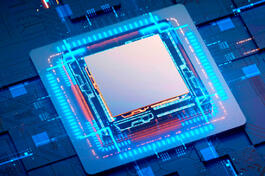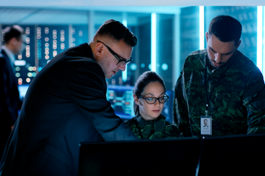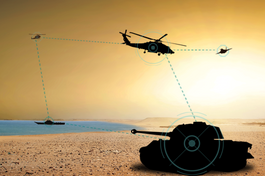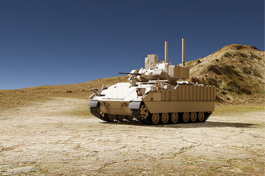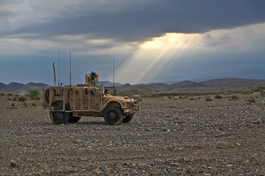
Optimizing Army Vehicle Interoperability with Open Architecture
The goal of reducing the cost of equipping Army vehicles with new capabilities, while adding increasing interoperability and flexibility of operation, can be accomplished through the use of a Modular Open Systems Approach (MOSA), a technical and business strategy for designing an affordable and adaptable system.

Cores & Threads (Part 1): Hybrid Processors for Today's Multitasking World
Systems designers must understand the latest enhancements in processing architectures to realize their multiple benefits. The newest multi-core and hybrid-core processors offer enhanced capabilities, including increased processing power and efficiency.
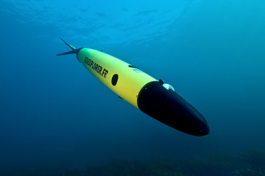
Ultra-Small Form Factor Mission Systems: Great Things Come in Small Packages
The military and aerospace market maintains an insatiable appetite for smaller, lighter, and cheaper. Recent technological breakthroughs in SWaP-C reduction have yielded the introduction of USFF mission computer and networking systems.
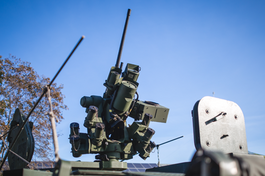
Accelerate Time to Market with Pre-Engineered Nano Motion Controllers
Motion controllers are a vital building block in every motion control system, and several factors must be considered when choosing the right-sized motion controller for the application. In this white paper, we discuss those factors, including whether to buy or build.

Enabling AI & Machine Learning: The Role of Tensor Cores
Tensor cores are indispensable for performing the types of calculations needed for artificial intelligence (AI) and machine learning. The role of AI and machine learning in defense applications is on the rise, making tensor cores critical for defense.

How Can I Teach My Machine to Learn
Like humans, machines learn from experience. They make observations from inputs of images, text, or other data, and then look for patterns. After the machine runs through the mathematical layers, it learns to make better decisions based on the examples it was given.

